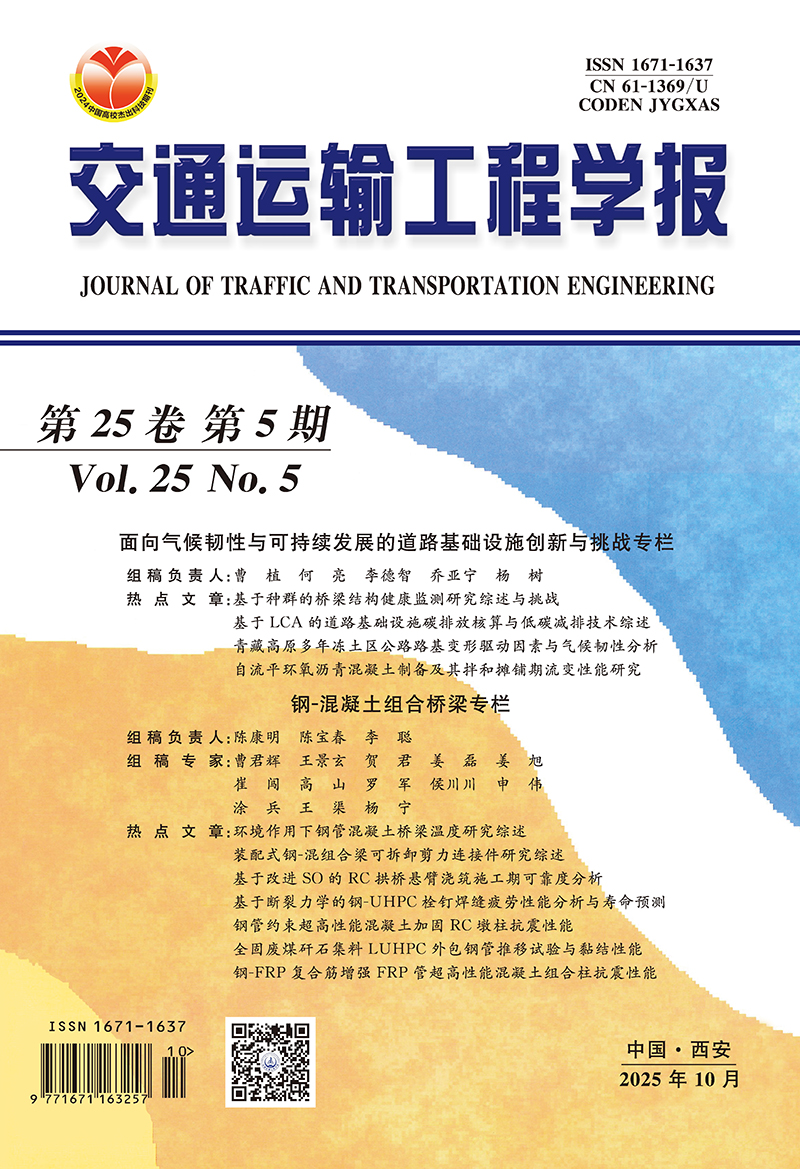2014 Vol. 14, No. 4
Display Method:
Abstract:
2014, 14(4): 1-6.
Abstract:
2014, 14(4): 7-13.
Abstract:
2014, 14(4): 14-24.
Abstract:
2014, 14(4): 25-35.
Abstract:
2014, 14(4): 36-44.
Abstract:
2014, 14(4): 45-52.
Abstract:
2014, 14(4): 53-63.
Composite braking control strategy of pure electric bus based on brake driving intention recognition
Abstract:
2014, 14(4): 64-75.
Spatial and temporal distribution characteristics of traffic accident for highway vehicle queue tail
Abstract:
2014, 14(4): 76-81.
Abstract:
2014, 14(4): 82-88.
Abstract:
2014, 14(4): 89-97.
Abstract:
2014, 14(4): 98-104.
Abstract:
2014, 14(4): 105-115.
Abstract:
2014, 14(4): 116-126.





